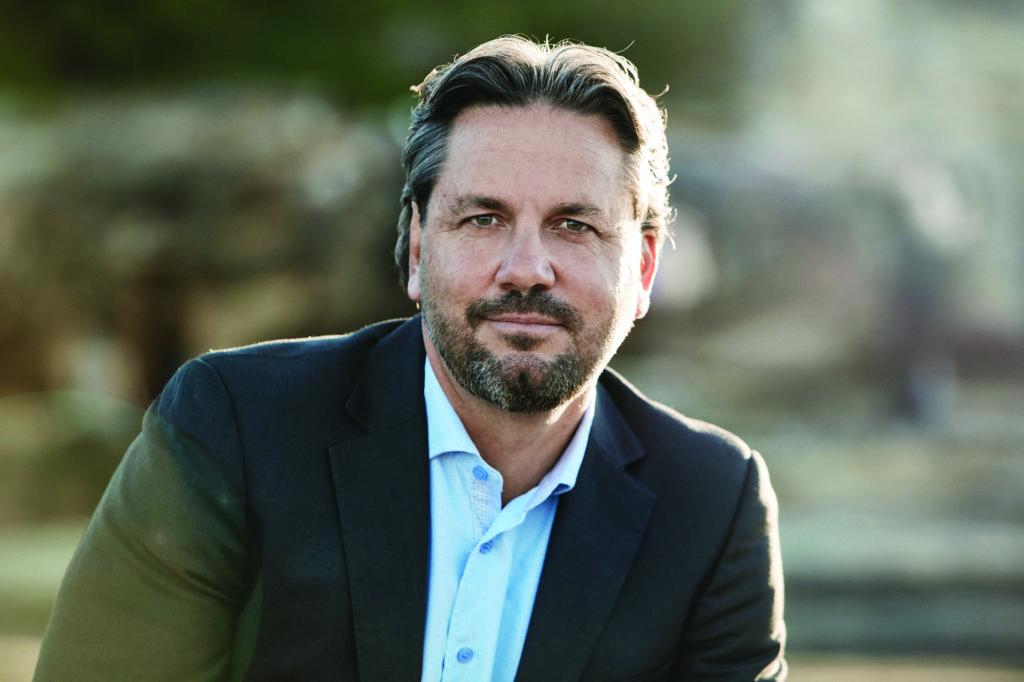The Science of Hope
Written by Ben McGregor, M.Sc., B.Ed., B.Teach
Having hope saved my life. When I lost my son at 18 months old through Sudden Infant Death Syndrome the pain and suffering caused was insurmountable. There were only two ways out of it: take my own life or hope it would get better.
The History of Hope
The earliest mentions of hope come from Greek Mythology when Zeus left Pandora a box and commanded she never open it. But the pull to open it was overwhelming and she released evils throughout the world. After sickness, death and other unspecified evils were released, one thing was left, hope.
What is Hope?
Hope has now been defined as; “a positive motivational state that is based on an interactively derived sense of successful (a) agency (goal-directed energy) and (b) pathways (planning to meet goals)”(Snyder, 2000).
Hope can be seen as an emotion but it is more of a thinking process related to goal pursuit. Hope can be improved when we increase the pathways towards our goals and show up on a regular basis to complete them. If we work on just two of these factors, the other will increase by itself. We can tune our focus into these elements to make effective change.
Areas Where to Focus Hope
Monash University asked 10-14 year old children their thoughts on childhood. Statistics showed that 46% lacked confidence, 31% think they will have to fight in a war and alarmingly 25% worried that the world will end before they reach retirement. Clearly there is a lack of hope in our children. Hope interventions at a young age could enhance pathways thinking, increase confidence and drive children to use optimism. Instilling hope in my own children has seen them be more confident and assured of themselves. Focusing their attention on what is good in the world, on the beauty of nature or putting focus on relationships that are positive has
been effective.
Traditional psychologists have a history of focusing on negative constructs like fears and anxieties. A better way is to focus on goal mapping, listing pros and cons of pathways and thinking and evaluating these pathways once completed. Using tools such as mindfulness and effective goal setting can increase hope. I encourage my children to use slow breathing during emotional outbursts, get them using apps like Smiling Mind to teach awareness and get them to think about different pathways to solutions. I set them goals that stretch them a little but not too much. Goals that are too easy diminish motivation and those that are unattainable can cause disinterest and exhaustion.
Having high levels of hope has helped me deal with PTSD and be a more mindful parent and supportive husband. I journal about my hopes often and meditate daily. Even 5 minutes of meditation a day, sustained over time, will see hope in ourselves improve and raise awareness around cognitive triggers.


